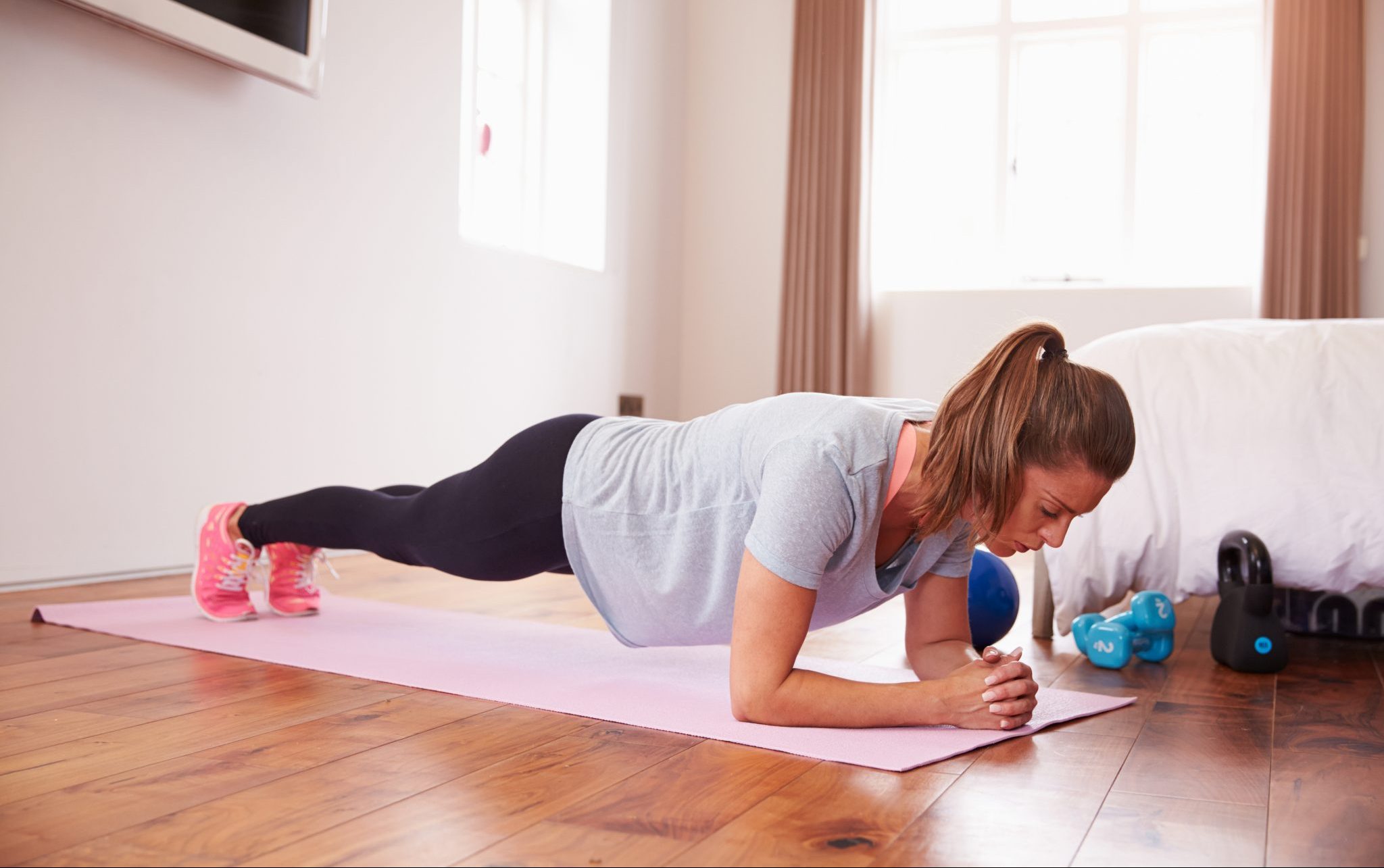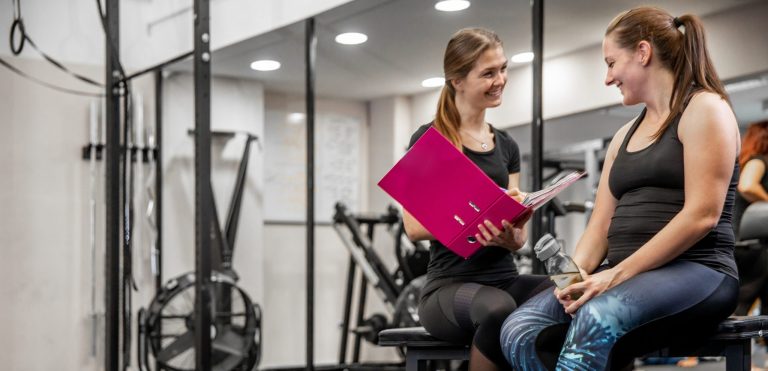One in four Americans spends more than eight hours a day sitting. And that’s not including time sleeping. Nowadays, we’re more inactive than ever and live increasingly sedentary lifestyles. Modern technology has made our lives easier, no doubt, but convenience could have detrimental effects on our health and well-being.
71% – that’s the mortality rate increase in a person with a sedentary lifestyle. Being inactive is quite literally killing us faster. But why? And what happens precisely to create adverse health outcomes. Here we’ll take a closer look.
Sedentary lifestyle stats you need to know
- 44% of people state they do not do any moderate to vigorous physical exercise a week
- Kuwait, Saudi Arabia, Iraq, Costa Rica, Portugal, and the USA hold top places as the world’s most sedentary countries.
- Meanwhile, Uganda, Mozambique, Lesotho, Myanmar, and China are some of the most active.
- Worldwide 6% of deaths are directly linked to inactivity. In fact, it’s 4th leading risk-factor in mortality.
- One meta-analysis put the risk of cardiovascular disease risk from a sedentary lifestyle at an increase of 147%.
- Sitting for less than 30 minutes at a time lowers the mortality risk associated with a sedentary lifestyle by 55%.
Why is a sedentary lifestyle so bad for us?
The numbers are frightening, but what do they mean in real terms for our bodies? Let’s take a look at what a sedentary lifestyle really does to your body.
- First, you burn fewer calories than you should. This makes may give you a surplus and make you more likely to gain weight and become obese.
- Next, your muscles may lose their tone and endurance. This means your body is weaker overall.
- Now, let’s talk about those bones. These can become weaker too. You may lose mineral content putting you at risk of disease such as osteoporosis.
- In addition, other systems are affected too. You may notice issues with your immune system, poorer circulation, hormones, and others.
All in all, a sedentary lifestyle is linked to an increased likelihood of getting:
- Heart disease
- Obesity
- High blood pressure
- Stoke
- Osteoporosis
- High cholesterol
- Metabolic diseases
- Cancer
- Diabetes (check out our best exercises for diabetes here)
Did you know? Even if you do 4-7 hours of moderate-intense workouts a week, if you sit for between 5-6 hours a day, your mortality rate could increase by 50%. Meaning that what’s important is not just improving physical activity overall, but reducing the amount of time being sedentary.
What about mental health?
Obviously, a sedentary lifestyle has poor health outcomes for our physical well-being, but what about our minds? Well, inactivity can affect your mental health too. Sitting too long can lead to:
- Increased anxiety
- Depression
- Other mood disorders
This is due to two factors. The first is that when we are inactive, our bodies produce less of those ‘feel-good’ chemicals that help regulate our bodies and our emotions. The second is that when we don’t exercise, our minds become stuck in that sedentary routine. Often we see the same sights day in and day out, leaving us lackluster and depressed.
During the 2020 coronavirus quarantine and connected anxiety, this was more apparent than ever before. And as a result, people started taking note of in-home exercise activities to boost their mood and fitness level. Proving once again, being active is good for your mind and body.
What to do about it?
Move! Well, that’s easier said than done sometimes. So how much exercise should you be getting? According to the World Health Organization, here’s how much activity you should be getting:
If you are aged 5-17 years old:
60 minutes per day of moderate to intense activity. This should include muscle and bone strengthening activity three times a week.
If you are aged between 18-64 years old:
150 minutes of moderate to intense activity per week or alternatively 75 minutes of intense activity. Undertake muscle strengthening exercises at least two days a week.
If you are aged over 65:
The same recommendations apply as for other adults. If you notice issues with balance, the number of activities to target this should be increased too.
And this is the absolute minimum. To boost your fitness and keep your body as far away from a sedentary lifestyle as possible, keep reading below.
Top 3 get-moving activities to try
These are our top 3 ideas that you can fit in every hour to keep your body moving, alongside your regular routine.
1. Dance break
Sitting down all the time is boring. It makes our muscles stiff and our minds stagnant. Mix your day up a little with a quick dancing break. Get up, shake off those cobwebs, and get funky. Need some inspiration? Check out our dance workout routine in our app and read this article on why dancing is a great way to work out.
2. Walk around the office
It might not be the most exciting route you’ll ever go on, but it will keep you healthy. Every 30 minutes or so, make sure you move your butt out of your chair and get moving. You can even use it as a good excuse to chat with some of your colleagues and improve your teamwork skills too. Alternatively, if that isn’t your style, why not try some chair yoga.
3. Quick routine
Got a bit more time on your hands? Great. Then why not build some quick workout routines into your day. It can be as simple as running on the spot for 5 minutes to a quick HIIT routine. In our quarantine workout article, you can find some of the best ways to keep active at home.






